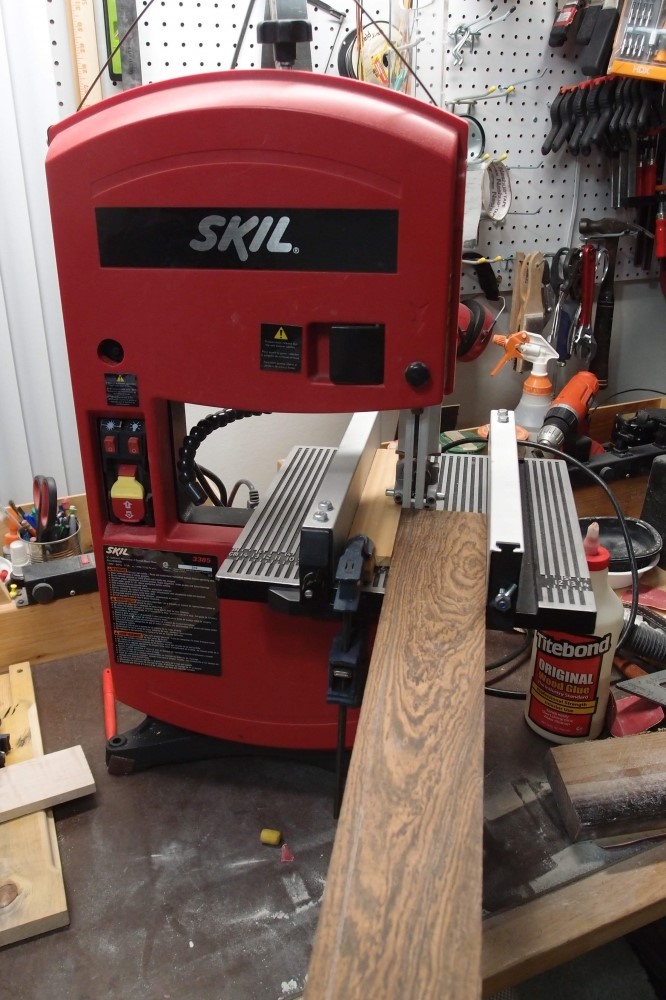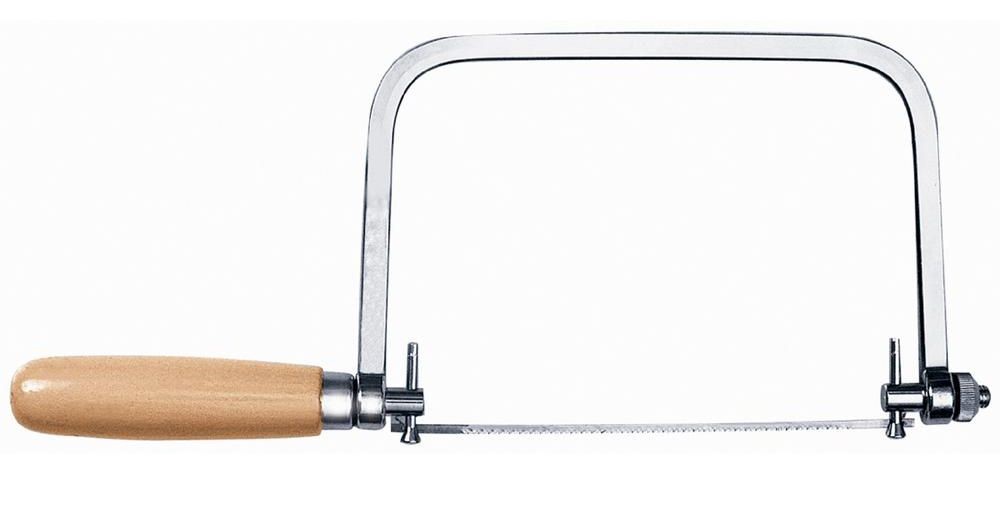Band Saw

This is my little bandsaw. A saw like this costs well under $100 and is well worth it. While a scroll saw can cut thick body material, a band saw does it much better. A bandsaw also rips through hard maple necks much faster than a scroll saw.
In the picture above, the bandsaw is set up with two fences for a long rip cut. This is not what a bandsaw is really for though, bandsaws excel at cutting curves.
Setting up a bandsaw is a tricky thing, as is using it. When you first get it, you will probably spend some time cursing at it, and wondering if you should have gotten a better one. I assure you, eventually you will get the thing figured out, and a $400 model would have the same problems. It is a matter of experience for the user, not the machine.


Questions or Inquiries?
Just want to say Hello? Sign the .